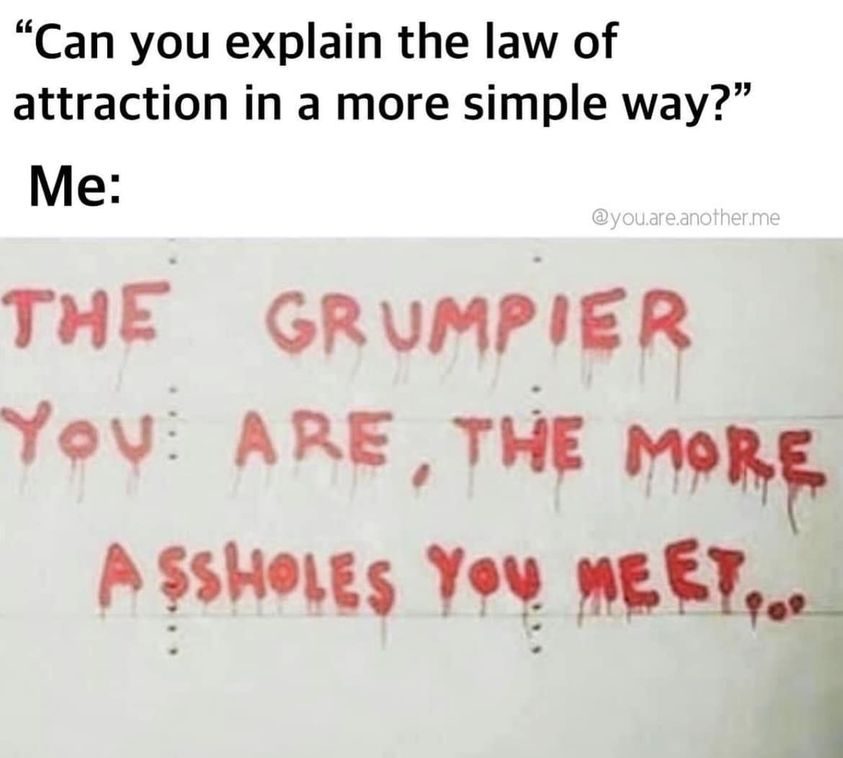It feels like the best time to write about Radical Forgiveness. Radical Forgiveness belongs to a category of spiritual psychology. Spiritual psychology is as old as the psychology itself and there are many types of it. Somehow human psyche to function properly sometimes requires us to surrender to what is and trust everything will work out. What belief is our trust based on, that is irrelevant. What matters is, that is required to free ourselves from all addictions. So why not take it a step further and free ourselves from all things that hurt us? Especially events that happen to us repeatedly. You can read about it in the great book by Colin Tipping or explore articles on the Internet. The book starts with a story of Jill (here in Polish), which is a good illustration of what to expect.
You probably heard many times, we forgive not for others but for ourselves. Oftentimes, we are simply stuck in the victim thinking, or create the victim-oppressor dynamic with other people (like in the drama triangle). Needless to say, being stuck does not move us anywhere, prevents us from being happy and living up to our potential. Whether there is spirituality involved or “just” the construction of the human psyche – that is meaningless. What matters is, that shit works.
To me it is an amazing tool of shadow work. A way to beautifully surrender. It is a way to shift from the victim consciousness to gratefulness. It is a way to realise, the problem is not out there, not something we should blame on other people. The problem is in us. And we are beautiful this way, humans are beautiful with their imperfections.
The reality is not trying to break us down. It is really trying to break us open.
Everything happens for a reason. Nothing that happened was wrong or bad, it served a purpose. Not everything may be as we like it, not according to our ego-driven plan. But there is a divine plan. And here is our chance to find a way to flow with it instead of trying to force things that may never happen. All hardship that we face in life is meant to show us our unknown unknowns – things we do not know that we do not know about, but are present in our lives and, more importantly, it shows us these things that are true for ourselves.
The thing about ego is, everything that annoys us or triggers us is something that we have in ourselves. Things we do not like, protest against admitting we have that exact quality in us. We have suppressed, denied, rejected and disowned (shout out to Teal Swan, she talks about this mechanism in detail). When someone is really upset about other people being stubborn – that someone is stuck in his stubbornness. If someone hates injustice – probably that person lives by the rule of double standards. And now, there is more. We also very strongly attract everything that we deny in ourselves. That is where the “everything happens for a reason” comes in.Look at yourself. What do you really truly hate? And then seek that in yourself. But, it is not just about realising in what ways we are flawed. Labelling after all is just another type of bypassing. When I came across Radical Forgiveness, I was indulging in hiding behind the labels and diagnoses of what I am, in what ways I am flawed. I was attached to my label. It is necessary to recognise the mechanism. But to heal, we must give ourselves permission to feel.
You Have to Feel it to Heal It: The Only Way Out is Through (link)
Sometimes we need to recognise that there are no bad things. Everything has a reason, everything has a little bit of usefulness, so at least a little bit of good in it. What do you need to accept it?
It does not release us from accountability. We are spiritual beings having a human experience. The lessons sent to us need to be learned. It is not a tool meant to keep us stuck – it is meant to get us unstuck. To stop from finding ourselves experiencing the same things over and over again. We do the exercises and then we do the right thing. Which may mean setting a boundary or letting ourselves feel all the emotions that come around.
There are a few techniques used in Radical Forgiveness.
There are 13 steps you can do with an audio or with a Radical Forgiveness practitioner.
You can write your letters. There is no need to send them, all that writing is not about the recipient, it is about you. I find it easier to connect, if they are hand written. But you do you.
First letter you write from the point of view of being hurt. It is a letter where we express our pain, our anger and despair. Try to be as confrontational as you can. In this letter we are allowed to blame and externalise all those things that resonate with our wounds.
Second letter is about us admitting there might be a possibility that this happened not to us, but for us. Not confidently stating it is sure this was for our own good – that would be spiritual bypassing, and our subconscious does not work like that.
You know that trick – when you feel something bad and try to cheer yourself up by saying the opposite, all you achieve is more protest from yourself. And cognitive dissonance might make it even worse, you might feel even worse off. What you could do instead is ask open-ended questions. What if I am good enough? What if I deserve love? What if I am actually beautiful? If we let ourselves have some time for it all to sink in, to process and really feel, this could change us.
And then comes the third letter. In this letter we forgive and we thank the divine for this opportunity to see. This one is an expression of love that was always inside of us, a reminder that all of us, those that are hurt and those that are hurting – we all are really one.
Or you can fill-in the worksheet. The worksheet has an outline of elements that are necessary in the process, it only helps us remember about everything that we must not run away from, even if we would like. You can find one here (in Polish: here).
The worksheet I used was pretty much like the one found in the book. It had a list of convictions and beliefs I created about myself. Funny thing about denial – when I read each and every one of them before the session, I thought “nah, none of that resonates”. And then, during the session, I felt it, all of it.
Second highlight was about what we project on others. I had a category about things my partner did, what he should have done instead, how he was and how he should be. And later at the end of the worksheet, we would turn it around. Everything that he did to me – I was doing it to me, or inviting him to do. What he should have done instead – I should have done for myself instead. As it was really, my doing.
These elements were important for me, as they really helped in my shadow work.
At the end of the session we did a minute or two of the Satori Breathing. It is a transformative breathing technique that facilitates the exchange of energy. It looks pretty much like bhastrika or bellows breath (without moving your arms) (linke here, or here, or here or in written form, if you prefer to read).
We create our realities by the stories we tell ourselves. Our stories shape our thoughts, our thoughts shape our attachments and feed our egos. That gets us on the track of tiny little habits that stack one onto another forging our destiny. Pure tyrany of small decisions.
I could not stop myself with the meme 😄 Enjoy!





Pingback: PMDD – Showing up every day
Pingback: Modern polarity – Showing up every day